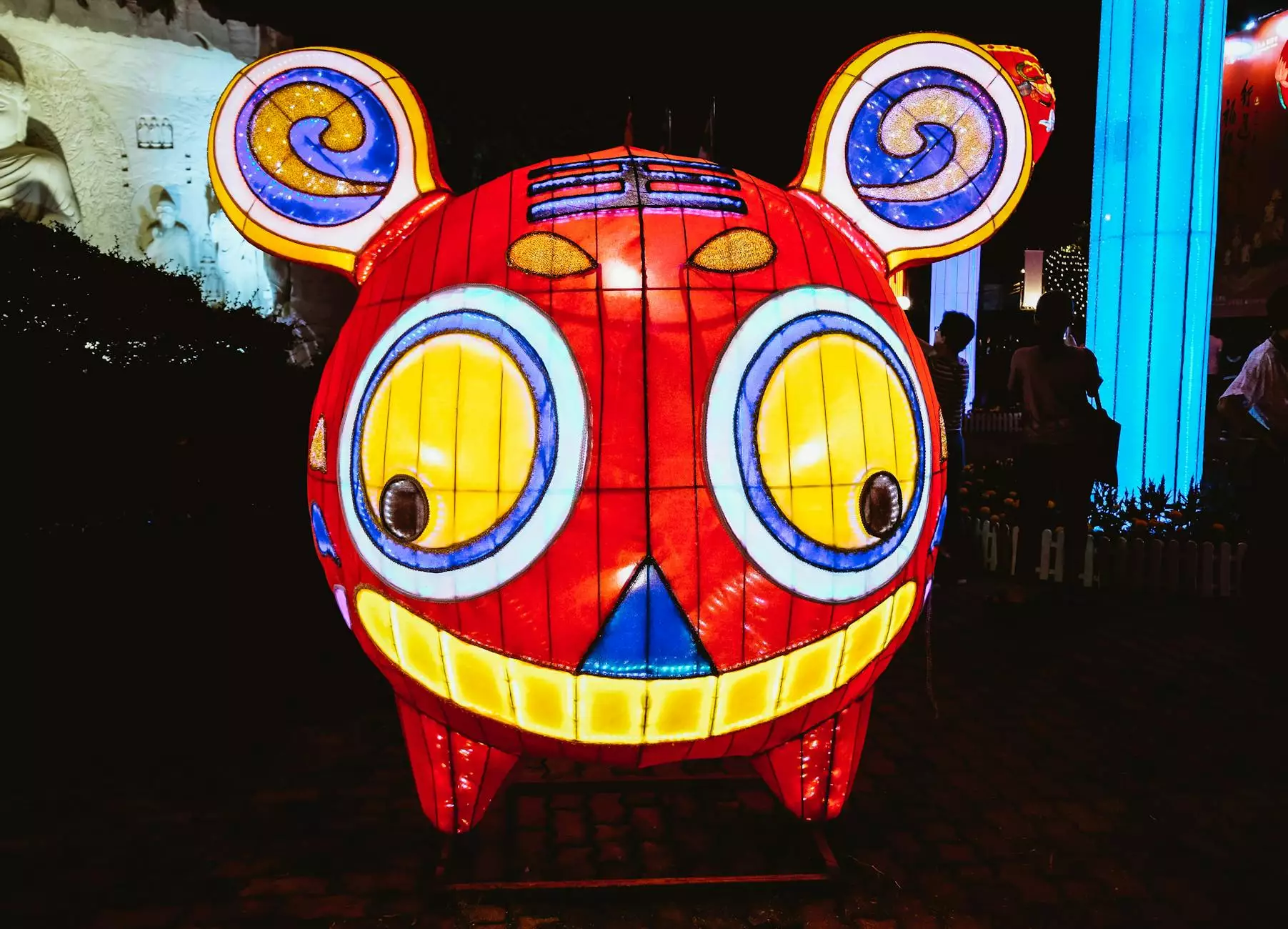The Transformative Power of Light: Exploring the World of a Light Artist

In the realm of contemporary art, few mediums can match the mesmerizing impact of light. Light artists harness the exquisite beauty and profound symbolism of illumination to craft experiences that transcend the ordinary. As we delve deeper into the artistry of light, we will uncover the intricate techniques, emotional connections, and awe-inspiring installations that define this unique field.
The Evolution of Light as an Artistic Medium
Throughout history, light has played a crucial role in art, from the soft, natural light of Renaissance paintings to the dramatic lighting in Baroque works. However, the notion of light as a standalone medium emerged in the late 20th century. Artists began experimenting with artificial light and the ways it could interact with physical space to create immersive experiences.
Light art can take many forms, including installations, projections, and even performance art. As artists embraced new technologies, the possibilities for light as a medium expanded exponentially.
Prominent Milestones in Light Art
- Light and Space Movement (1960s): Spearheaded by artists like James Turrell and Robert Irwin, this movement focused on the perception of light and space.
- Neon Art (1970s): Artists such as Dan Flavin elevated neon from a mere source of illumination to a prominent art form.
- Video and Projection Art (1980s-1990s): The advent of digital technology allowed artists to explore dynamic light installations that could interact with audiences in new ways.
- Contemporary Installations (2000s-Present): Present-day light artists utilize advanced technology like LED displays, interactive sensors, and environmental elements.
The Emotional Impact of Light Art
One of the most captivating aspects of light art is its ability to evoke strong emotions. Light has an innate ability to influence mood, atmosphere, and even narratives. Artists use various techniques to play with perception, creating transient effects that can bring forth feelings of joy, serenity, or introspection.
Creating Emotional Landscapes
Light artists construct emotional landscapes by manipulating color, intensity, and form. For instance, warm colors like red and orange can induce feelings of warmth and happiness, while cool colors such as blue or green can instill a sense of calm and peace.
Furthermore, by using techniques like flickering or oscillating light patterns, artists can evoke the sensation of movement and life within immobile installations.
Notable Light Artists Making Waves
To truly appreciate the impact of light art, one must consider the trailblazers who have dedicated their careers to this innovative medium. Here are a few distinguished light artists who have made significant contributions to the art world:
Grimanesa Amorós
One of the most influential contemporary light artists, Grimanesa Amorós creates stunning installations that blend cultural narratives with the dynamic qualities of light. Her works often explore themes of identity and memory, utilizing light to evoke stories and shared experiences. Amorós's installations serve not only as visual feasts but also as bridges that connect people across different backgrounds.
James Turrell
A pioneer of light art, James Turrell's works challenge viewers' perception of light and space. His installations, such as the famous Roden Crater project, immerse audiences in a meditative state, encouraging them to reflect on their surroundings and their own existence.
Dan Flavin
Known for his minimalist approach, Dan Flavin transformed fluorescent tubes into sophisticated works of art. His installations often explore the interplay of light and architecture, creating environments that alter one's perception of space.
The Intersection of Technology and Light Art
In today's digital age, the convergence of technology and art has given rise to groundbreaking innovations. Many light artists now harness cutting-edge technology, creating installations that respond to their environments or interact with viewers.
Interactive Light Installations
Augmented reality (AR) and virtual reality (VR) have opened new avenues for light art. Artists can create interactive environments that allow visitors to engage with the artwork in real-time. These immersive experiences not only captivate the audience but also invite them to become part of the artistic process.
Environmental Considerations
Modern light artists are increasingly aware of their environmental impact. Many are embracing sustainable practices by using energy-efficient LED technology and opting for materials that minimize ecological footprints. This commitment to sustainability is rapidly becoming a hallmark of contemporary art, aligning artistic expression with a sense of responsibility toward the planet.
Exhibiting Light Art: The Gallery Experience
Exhibiting light art presents unique challenges and opportunities for galleries. The experience of viewing light art can significantly differ from traditional forms, often requiring specially designed spaces that accommodate its dynamic nature.
Curating Light Art Exhibitions
Curators play a crucial role in presenting light art. They must consider factors such as lighting angles, wall colors, and spatial arrangements to ensure that the installations resonate with viewers. The right environment can amplify the impact of a piece, enhancing the interplay between light and shadow.
The Visitor Experience
Engaging with light art is often a multi-sensory experience. Many installations prompt viewers to move through spaces, altering their perspective and allowing them to witness the transformative power of light from various angles. This invites a deeper connection with the art, making each encounter unique.
Future Trends in Light Art
As we look to the future, the possibilities for light artists are boundless. Here are some anticipated trends that may shape the next wave of light art:
- Integration of AI and Light Art: Artificial intelligence could revolutionize the creation and experience of light installations, allowing for adaptive artworks that respond to audience interactions.
- Community-Centric Art: Local communities may collaborate more closely with artists to create site-specific installations that reflect cultural values and histories.
- Increased Focus on Wellbeing: Light art that promotes mental wellbeing and emotional health could take center stage, offering therapeutic experiences that encourage reflection and mindfulness.
Conclusion: Embracing the Light
The world of a light artist is vibrant, dynamic, and continually evolving. Light art transcends traditional artistic boundaries, merging technology, emotion, and experience into captivating installations that resonate profoundly with audiences. As light artists like Grimanesa Amorós lead the charge into this dazzling frontier, we are invited to embrace the transformative power of light, inspiring us to see the world anew. Whether through residential installations, community art projects, or large-scale exhibitions, the legacy of light art is set to illuminate our lives for generations to come.









